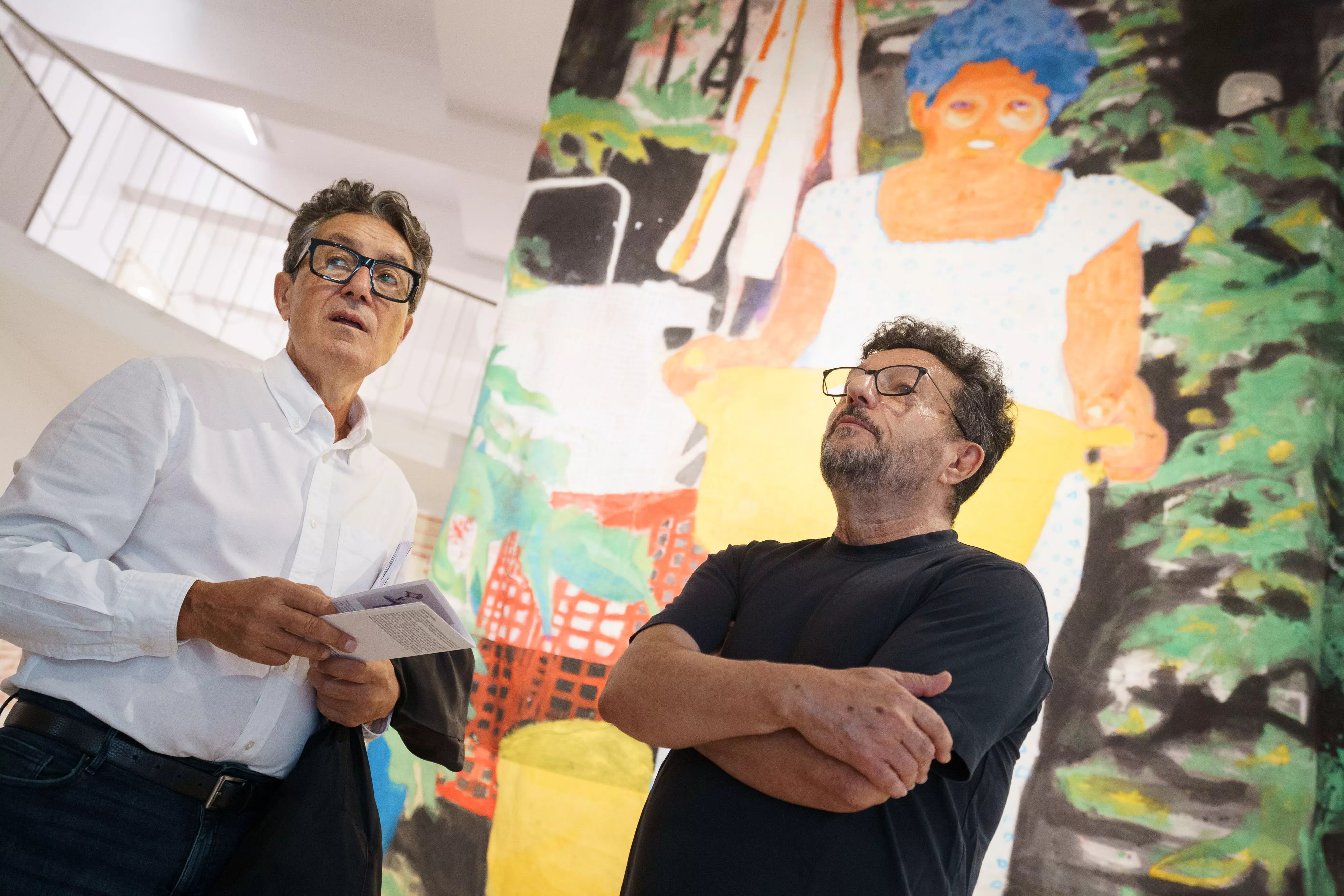The burying of most of the layout of the TF-5 variant “It will mean that instead of affecting 300 homes, which could even be subject to expropriation, only 50 will be affected.”
This was stated yesterday by the councilor of Urbanism of the City Council of La LagunaSantiago Pérez, in response to a question asked during the plenary session, and also recalled that “the insular planning plan defines the variant of the TF-5 as a road piece with its own functionality, which is to divide traffic North-South of which is integrated into the city, responding to a desire of the municipality to end a dam that prevents La Laguna from uniting the city and projecting its future growth towards the south”.
The mayor also explained that several allegations have been made to the Government project, in public display, “insisting that this solution must be buried.” “And they have been told again that this road is an independent road piece provided for by the island plan, although it could be linked if it were built with the exterior highway, which this Corporation opposes.” In addition, “we have told the Government that there are some properties that should be the object of attention, because although they are not in the list of assets with island heritage values, they are in the La Laguna catalog and that it is now under review,” he added.
And, finally, Santiago Pérez indicated that “we have proposed to the Government that it must carry out a study to determine, not for the purposes of expropriation price, which will have to be whatever it is, but for the purposes of attention to families, which of the properties that may be affected are primary residences and which are not.
The variant of the TF-5 was the subject of another motion presented by the non-attached councilor Alfredo Gómez, in which he requested that the City Council position itself against the project due to “the clear damage it entails for the important agricultural and livestock land affected” . Along these lines, the CC spokesman, Jonathan Domínguez, added that, in his opinion, this project “does not solve the problem of the collapse of the TF-5” and that in his report “the technical team specifies that it is the first phase of the outer road”, as well as that “it is buried according to instructions from AENA”.
The motion did not go ahead, approving, instead, an amendment of the Government group, in which the City Council urges “administrations to prioritize the development of BUS-VAO systems, as a more efficient and bearable method of action over time in the face of possible growth in mobility, as is reflected in the TF-5 bypass project”; as well as urging the Cabildo to “carry out an Insular Mobility Plan, specifying for the case of La Laguna the needs of the metropolitan area”; and demanding “the definitive abolition of the exterior highway of planning” of the Island, for which “we again express the will to defend and protect the agricultural and natural land of the municipality.”
On the other hand, the Plenary also definitively approved the new Municipal Taxi Regulatory Ordinance, with the abstention of United it is possible, since, although “appreciating having an ordinance and the enormous effort made”, they had doubts on the point related to the communications center, explained its spokesman, Rubens Ascanio, based on the allegations presented by an association.
Likewise, several motions were unanimously approved, for example, the creation of a mixed commission of popular and traditional festivals, to declare the Valle de Guerra Livery Festival of Canary Islands Tourist Interest and another, at the proposal of the CC, to that the City Council continues to collaborate, with the means at its disposal, including economic ones, in the activities that the various groups and entities carry out on the occasion of the commemoration of the 425th anniversary of the death of San José de Anchieta, on June 6 .
The motion presented by the government group also went ahead, and was defended by the councilor Idaira Afonso, to federate migrant minors in the practice of sports, with the abstention of Cs and the vote against the PP, who argued that, although they were in favor According to the merits of the petition, they had doubts as to whether it could be carried out due to regulatory and legal issues.
















